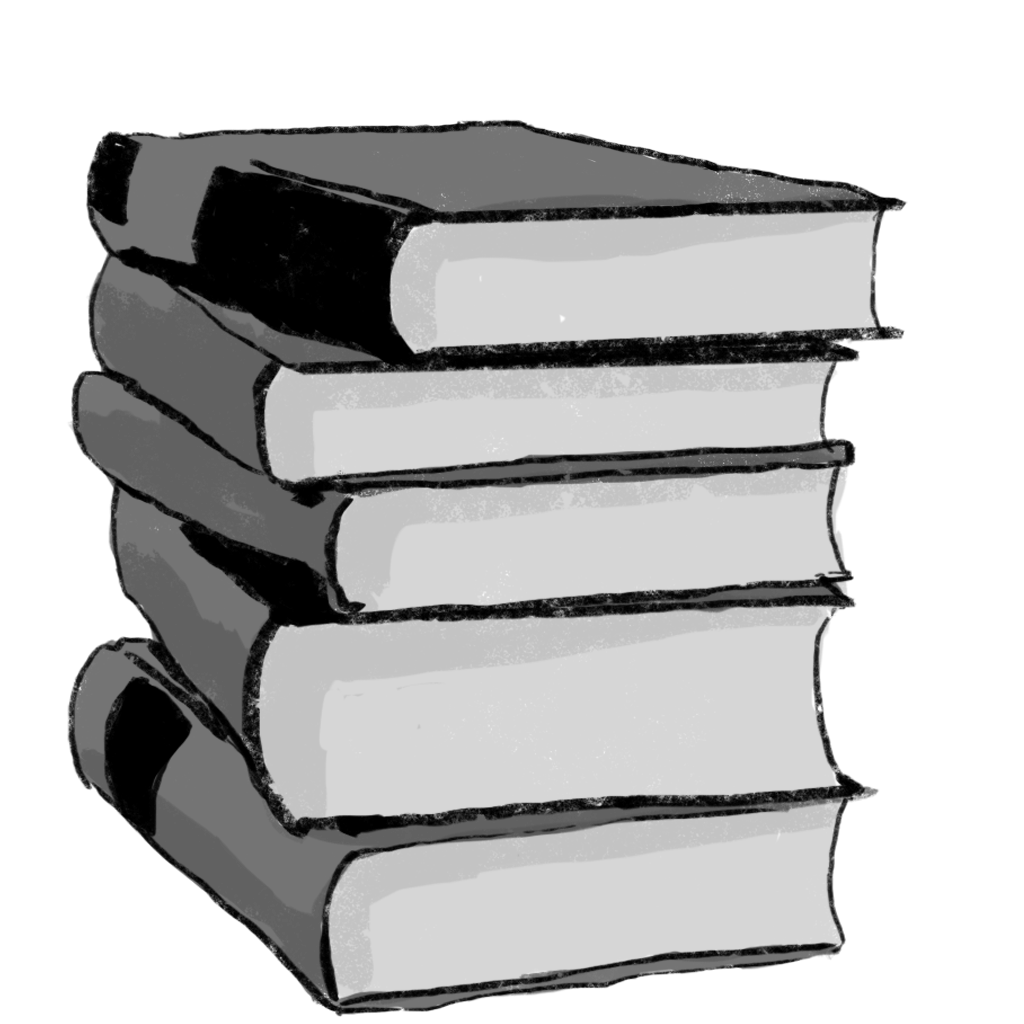A father-daughter bond forged by meals and memories
Loading...
Two starving boys, fleeing the Nazis in 1945, sharing a single raw egg.
This poignant image serves as a symbol of a Jewish family’s survival and resilience in “How To Share an Egg: A True Story of Hunger, Love, and Plenty” by Bonny Reichert.
In the memoir, she attempts to reconcile the privileges of her middle-class 1970s upbringing with the wartime deprivations faced by her father and his cousin.
Why We Wrote This
Sharing a bountiful table is one way that a Holocaust survivor and his family embrace life. The love they share gives them strength to revisit scenes from the wartime past.
Reichert’s father emigrated to Edmonton, Alberta, in 1947 as a war orphan. He took up his new life with gusto: In his 20s, he started restaurants, married, and eventually had a family.
Reichert was the fourth and youngest child and the closest to her father. While she knew that he had been born in Poland, had lived in a prison camp, and had lost most of his family in the war, she didn’t know the full story. He preferred to celebrate the comforts that their family enjoyed – with food at the center.
As Reichert writes about her childhood memory of the family at mealtime:
Was there a dark edge of trauma in Dad’s hunger? If I was told I couldn’t get up from the table until I finished what was on my plate, it didn’t upset me much. ... He didn’t say the kinds of things he could have: Don’t you know how lucky you are? I would’ve killed for this food during the war. But somehow, my sisters and I knew. We just knew. We understood food was connected to the meaning of life itself; an understanding woven into our very being.
So deep is Reichert’s sense of food being a key to the meaning of her life and her Jewish identity that she enters culinary school to become a chef. The culinary training becomes part of an elaborate, if not always conscious, life plan to deepen her understanding of her identity as well as that of her father.
For all the food imagery infusing Reichert’s book, there is an underlying sense that within this book is layered another and different book. She initially fantasizes about, but doesn’t create, “a book about the way food made me see the world.” Instead, her memoir delves into the nourishing love she and her father unconditionally offer each other, despite the lingering trauma of the Holocaust. Reichert, whose family often chided her for being “the sensitive one” of the four daughters, feels her father’s boyhood struggles on a visceral level. Watching movies about the Holocaust makes her ill. She becomes nauseous when her father eventually begins to tell his stories about the war.
But their bond helps Reichert catalyze her own hard-won self-love. And their regard for each other enables her to repeatedly visit the Polish locales where her father’s life was irrevocably changed. By reentering the geography of her father’s youth, she comes to understand and appreciate both his minority identity and hers as Jews. It also enables her to appreciate the roots of his overprotectiveness.
Portions of Reichert’s memoir are focused on her own story without her father or the Holocaust taking center stage. She writes about her marriages (the first unsuccessful, the second fulfilling), motherhood, and career changes. Yet the book circles back to the intense and complex bond between daughter and father, both food mavens, and in a certain sense, survivors whose love of life proves ultimately to be intact.
When her father was 84 years old, they took a family trip to Poland. It was a trip that Reichert had initially tried to talk herself out of doing, while her father kept encouraging her to go. In a moving description of the impact of the visit, she writes:
Dad is sitting at the window, looking down at Warsaw. He stands up and smiles at me when I come over, and I’m struck by those dimples and the ... crease above his right eye. “Thank you,” I say, wrapping my hands around his generous middle. He smells of comfort and stability. “This was really something.”
That could well be a reader’s assessment of this richly layered memoir. From a single egg eaten in haste to opulent meals shared freely, Reichert charts her family’s passage through brutality and antisemitism toward a greater understanding of the past. For Reichert, it’s a continuing journey of discovery.






